Monte S. Angelo. Sanctuary of San Michele Arcangelo
2021
The sanctuary of San Michele Arcangelo is located in Monte Sant'Angelo, on the Gargano, in the province of Foggia. It is known as Celeste Basilica, because it is said to have been consecrated by the Archangel Michael.
You may also like
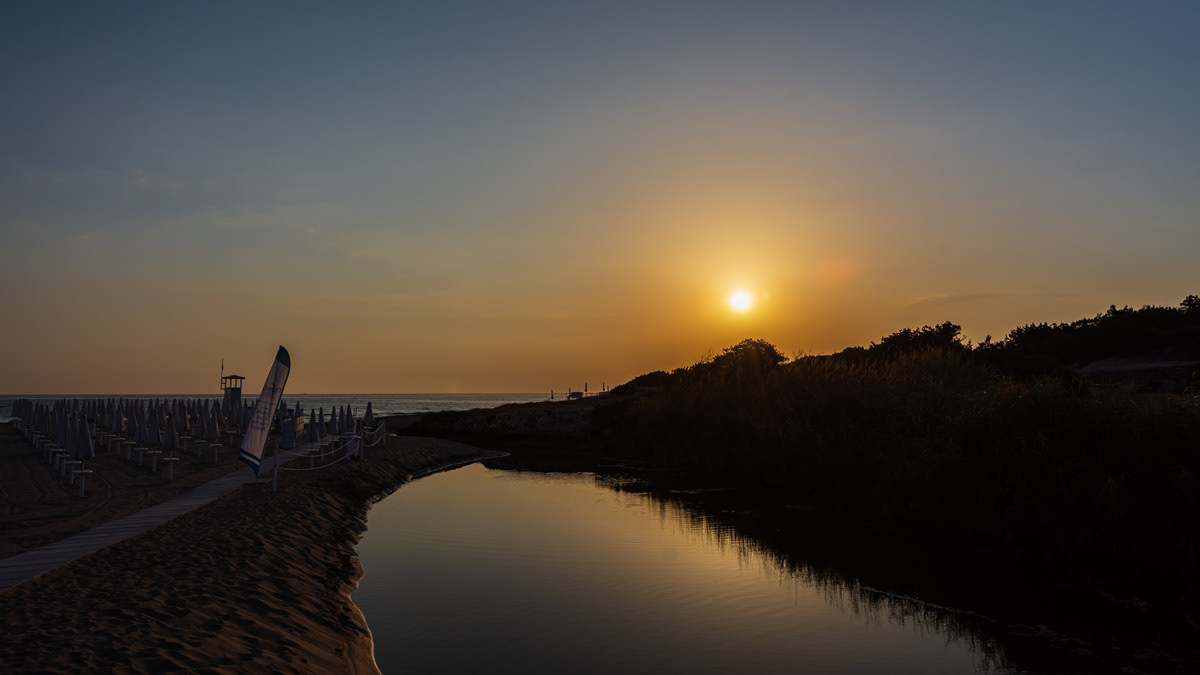
2018
Ostuni (BR) - sunrise in Rosa Marina - Part II
2021
S. Giovanni Rotondo. Old church of S. M. delle Grazie
The church has a rectangular plan with a simple façade, decorated by a portal with a frescoed lunette, a small rose window and a central bell tower.

2021
The Sanctuary of San Pio da Pietrelcina
The church was begun on 2 July 1956 and was consecrated on 1 July 1959. On the floor below, there is the crypt where the body of Saint Pio of Pietrelcina rests, under a monolith of 30 quintals.
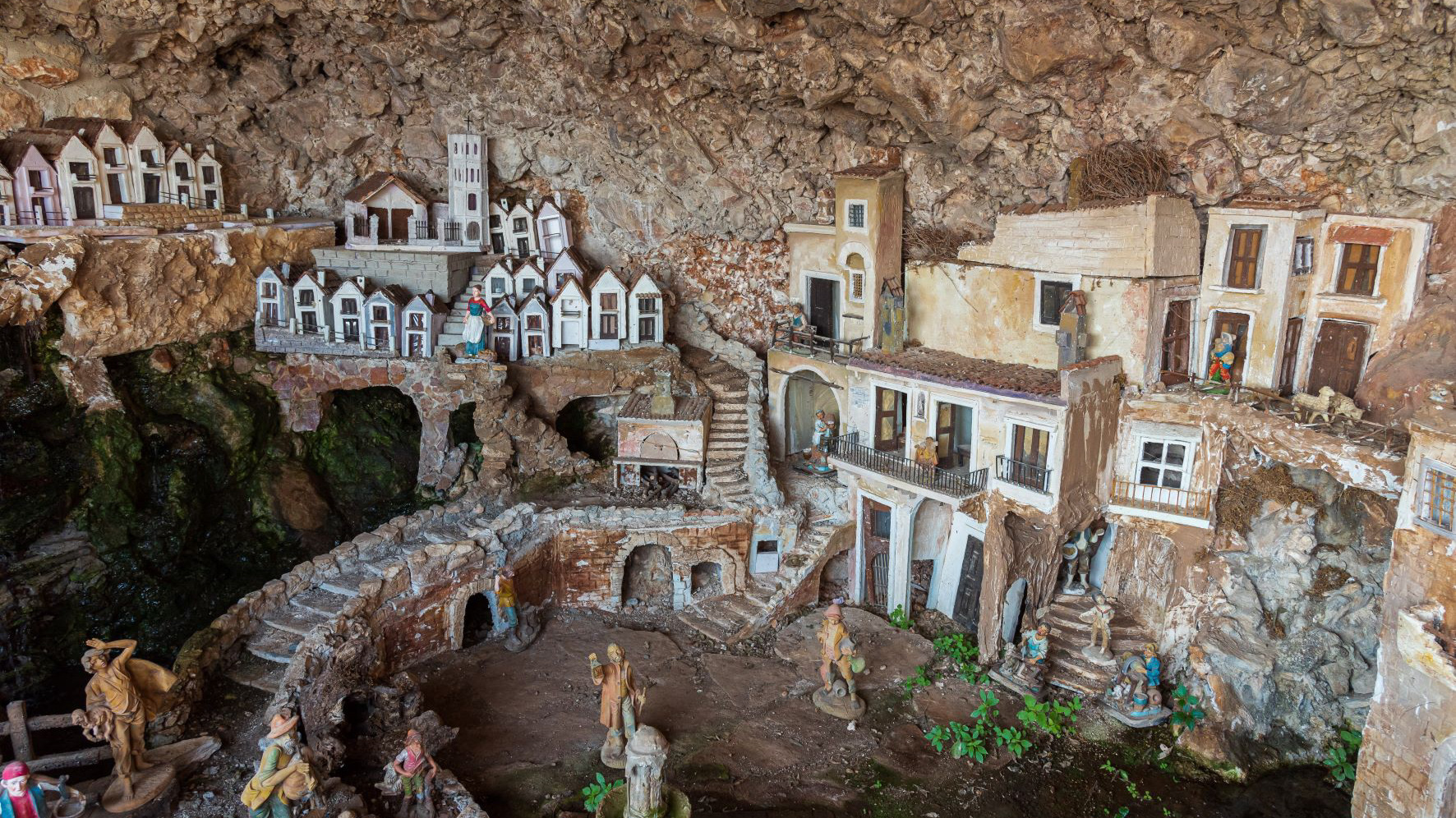
2021
The abbey of S. M. di Pulsano. The nativity scene
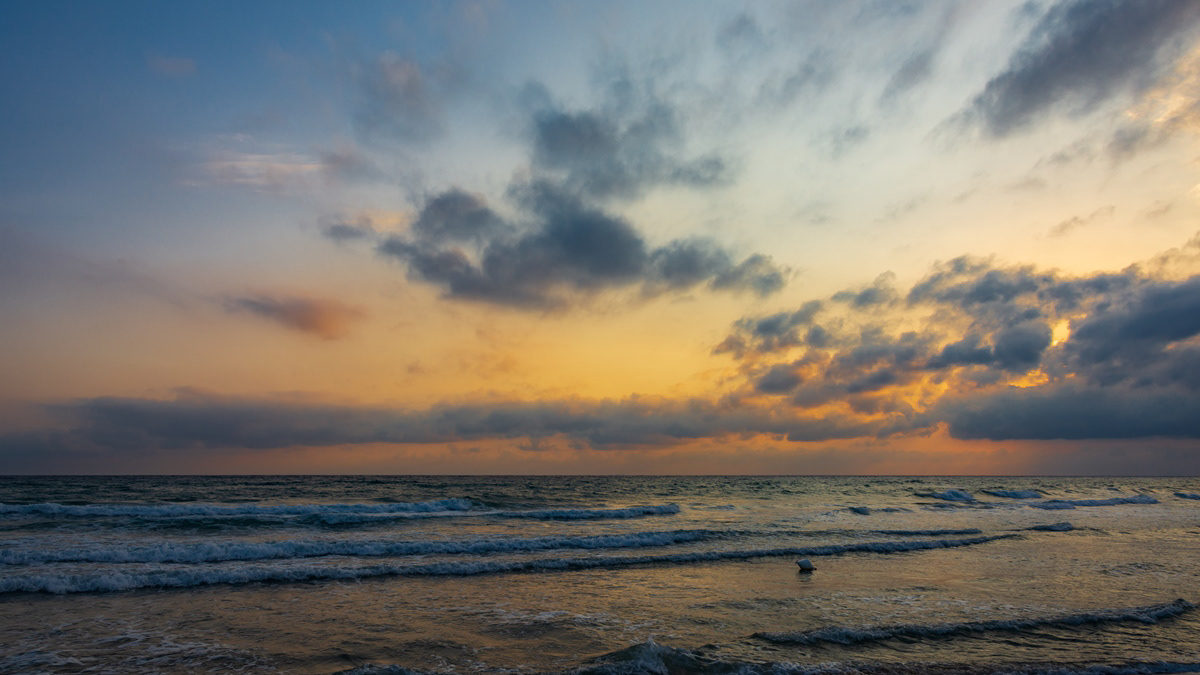
2018
Ostuni (BR) - sunrise in Rosa Marina - Part III
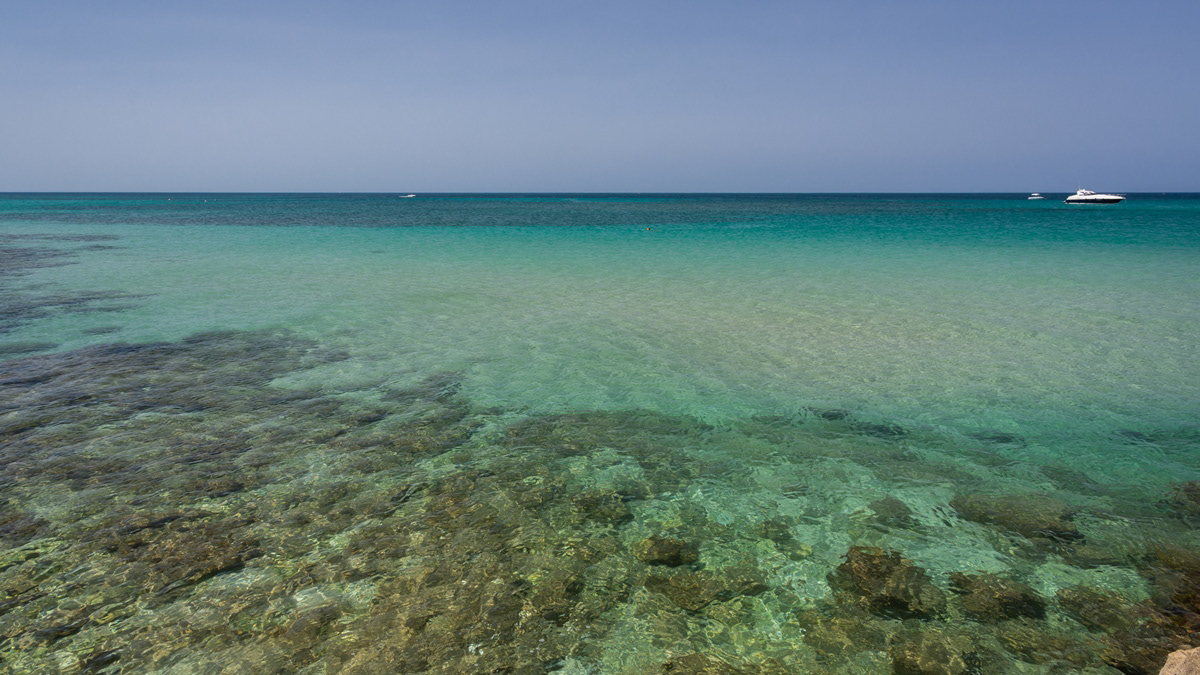
2018
Ostuni (BR) - Rosa Marina
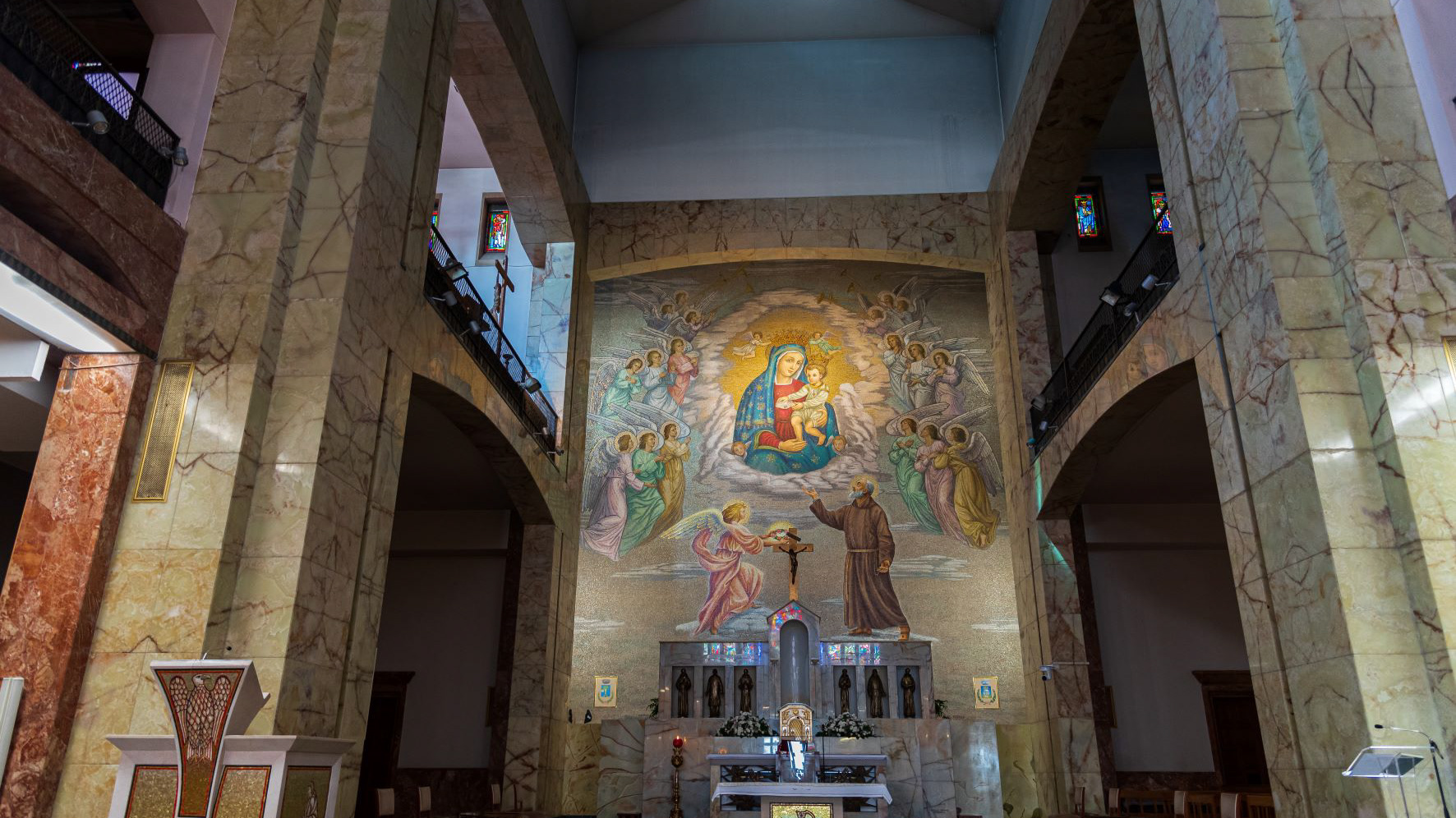
2021
San Giovanni Rotondo. The church of S. M. delle Grazie
The church of Santa Maria delle Grazie with the adjoining convent is universally known for being the place where Padre Pio of Pietrelcina lived, starting from 28 July 1916, and died.

2021
The abbey of Santa Maria di Pulsano
The abbey of Santa Maria di Pulsano is a monastic complex located on the Gargano. September 8 is the feast of the Madonna di Pulsano: the faithful from Monte Sant'Angelo reach the abbey on mules.
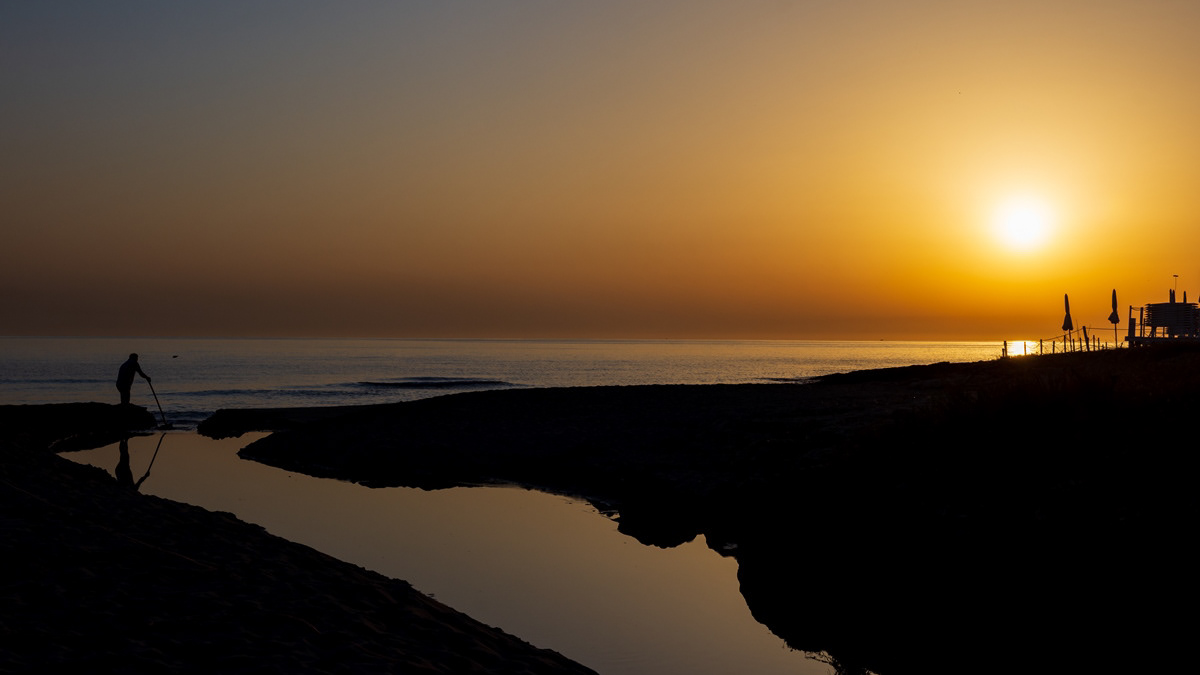
2018
Ostuni (BR) - sunrise in Rosa Marina - Part I

2018
Caves of Castellana
The Castellana Caves rise less than two kilometers from the town in the south-eastern Murge at 330 m a.s.l., a limestone plateau formed in the upper Cretaceous about ninety - one hundred million years ago. The tourist visit winds for 1.5 km but the longer itinerary takes two hours and develops for 3 km, between caves and chasms. The natural entrance consists of a huge open pit, about sixty meters deep, called the Grave. From the Grave to the Black Grotto or the Capitoline Wolf, after passing the Cavernone dei Monumenti, passing the Calza and then the Caverna della Civetta, crossing the Corridor of the Serpent, the Cavern of the Precipice and the Piccolo Paradiso, one runs along the long Corridor of the Desert also known as the underground Grand Canyon (of a reddish color due to the presence in this stretch of iron minerals) you reach the Cavern of the Tower of Pisa, the dripping pond, the Red Corridor, the Dome cave and finally passing by the lake of Crystals, we arrive in the bright White Grotto. All made up of stalactite and stalagmite concretions and galleries interspersed with the sudden opening of caves.
